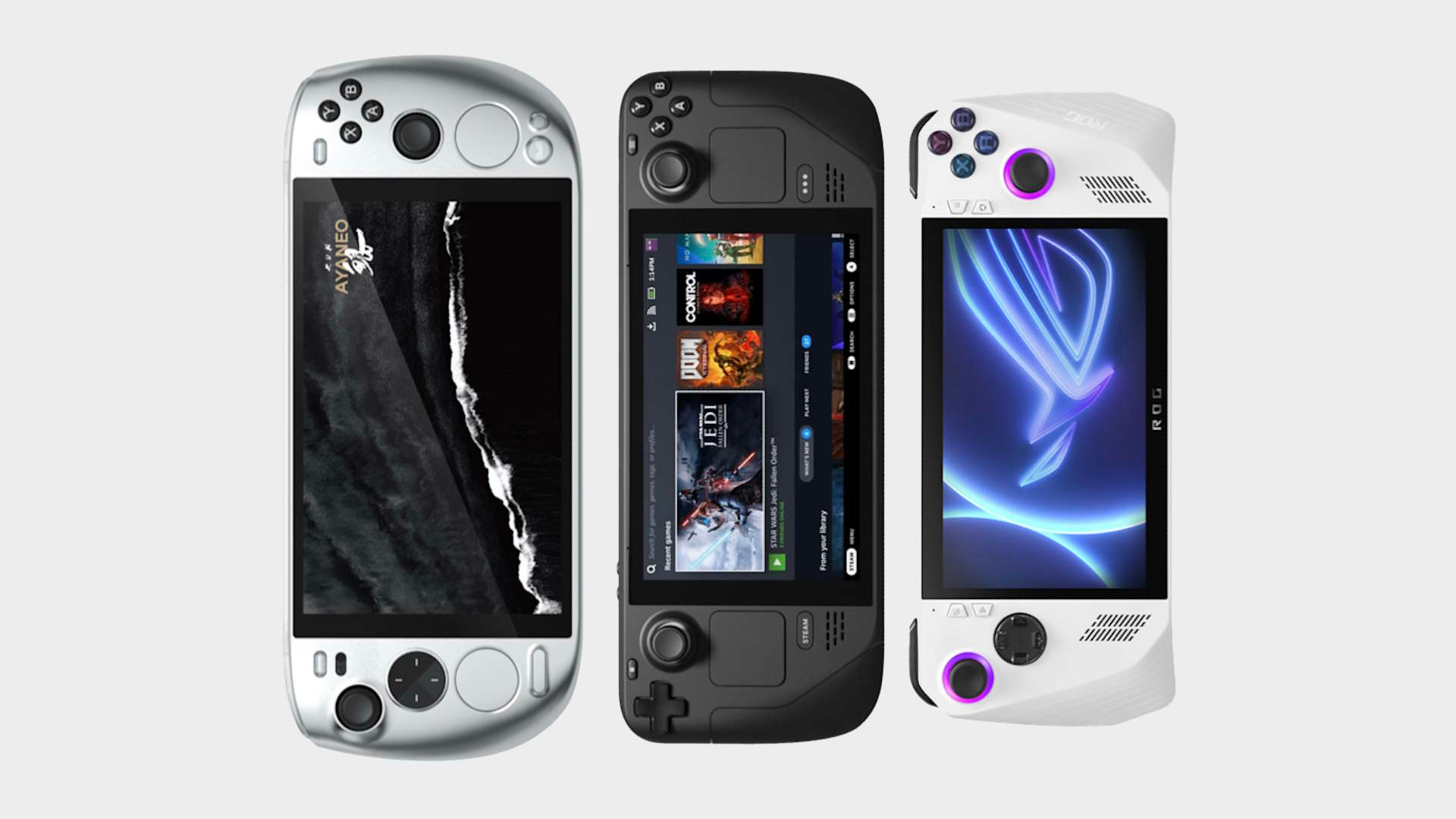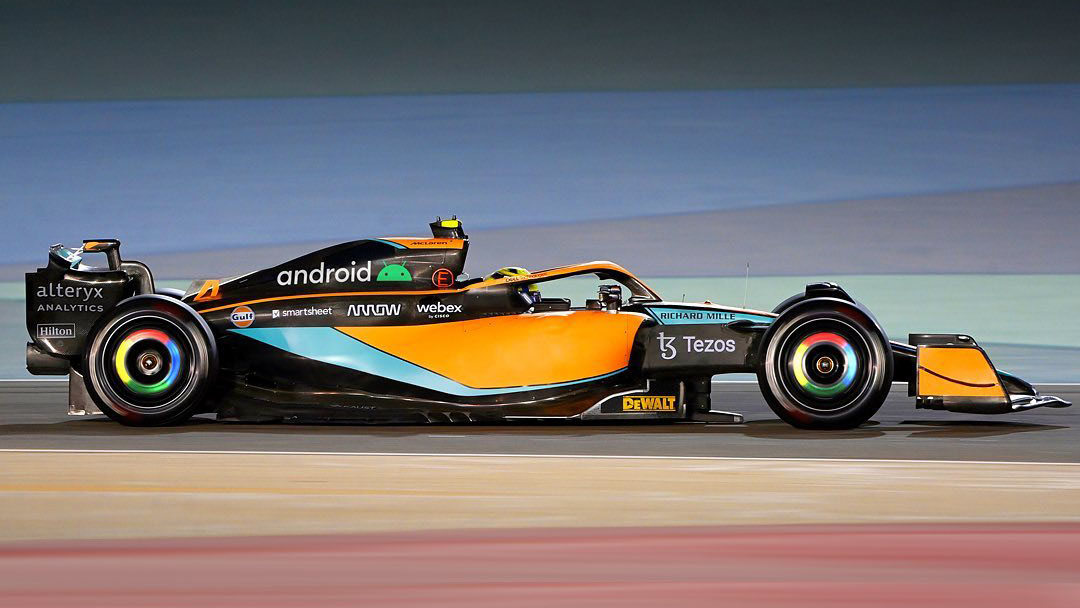
At 54W, the big boi of handheld gaming PCs is going to feature the most extreme docked mode of any such device.
When the Ayaneo Kun was first revealed, it was the trackpads that initially drew me to it, but just ahead of the Indiegogo campaign launch tomorrow, September 5, it’s the extreme gaming mode that’s catching my eye.
The 54W mode is way beyond what we’ve seen from any gaming handheld before, launching the AMD Ryzen 7 7840U chip into uncharted territory. Especially given that AMD itself is only reporting a configurable TDP of up to 30W itself. That 30W limit is the furthest we’ve seen the Ryzen silicon pushed in a system like the ROG Ally, Lenovo Legion Go, or OneXFly, and should make it the most powerful handheld gaming PC around.
It’s not just a mode you can only pick while docked and plugged into the mains, either. Ayaneo has told me that “yes, 54W is a lot, and can even be used unplugged, but it is more suitable for plugged use.”
It has even provided an expected uptime for the 54W mode when you’re running it on the battery and is predicting around 49 mins of game time. That’s not a long time, admittedly, but still shows what that 75Wh battery can do. Yeah, 75Wh—it’s a battery that wouldn’t look out of place in a gaming laptop, and takes up almost 30% of the entire volume of the Kun device.
Under a more traditional 15W TDP Ayaneo suggests you can expect well over three hours of gaming from the device, easily making it the longest lasting handheld.
But, what sort of performance increase does that monstrous 54W mode deliver? Honestly, from the numbers Ayaneo has given up it’s not a huge amount—in the three games it’s tested you’re getting between 7 and 14% higher frame rates. When plugged in, using it as a pseudo desktop PC, every little helps when it comes to smoothing out gameplay, but I don’t think I’d want to ever run it on battery like that.
I’m also wondering about the sort of noise that thing will make in the ultra extreme mode. As it’s a chonky 8.4-inch handheld there’s a lot of space for significant cooling performance—luckily—and the ‘KUNPeng’ heat dissipation system has a hoofing big fan, but Ayaneo is still reporting the 54W temps as around 84°C. Compared to the 42°C of the 15W mode that’s twice the heat.
Given the ROG Ally is doing bad things to SD cards because of heat issues, I’m very much hoping Ayaneo has been paying attention on that front…
(Image credit: Ayaneo)
(Image credit: Ayaneo)
(Image credit: Ayaneo)
(Image credit: Ayaneo)
(Image credit: Future)
Best CPU for gaming: The top chips from Intel and AMD
Best gaming motherboard: The right boards
Best graphics card: Your perfect pixel-pusher awaits
Best SSD for gaming: Get into the game ahead of the rest
I’m loving the fact we’re getting so many different kinds of handhelds at the moment, what with the Ayaneo Air 1S (which our Jacob is testing out and loving right now) also delivering the smallest Windows gaming handheld I’ve ever seen, so I’m fascinated by the Kun. It is going to be expensive, however, and that’s going to mean it has to really be your main gaming device, not some sort of mobile companion to your desktop—that’s where the far cheaper Steam Deck still really shines.
At $999 as the early bird price for the plain black 16GB RAM | 512GB SSD version (rising to $1,209 at final release) it’s already far more expensive than the ROG Ally, but goes all the way up to $1,949 for the overkill 64GB RAM | 4TB SSD versions. Yikes.
The Ayaneo Kun starts going under the pre-order run from tomorrow on Indiegogo, but will start to properly ship in October.




